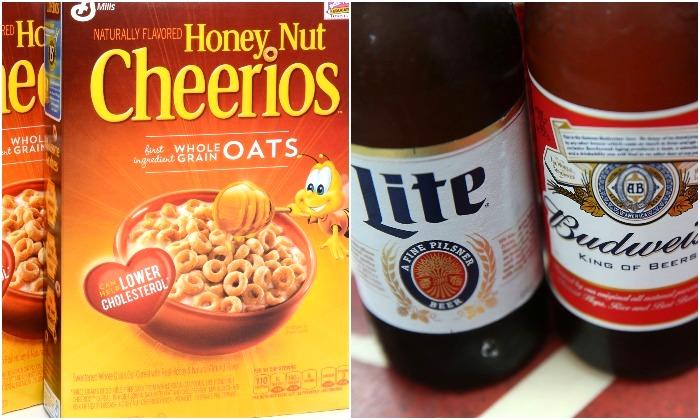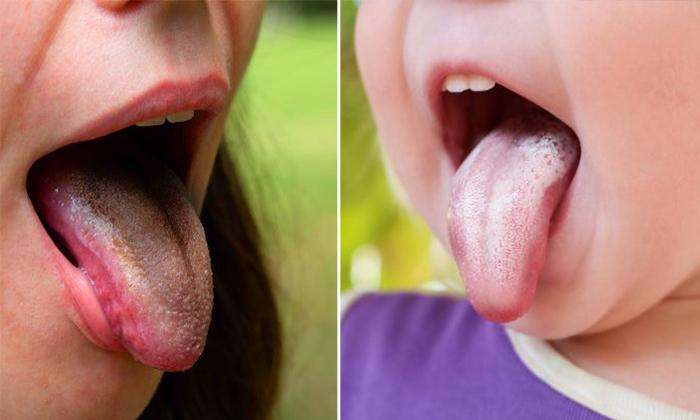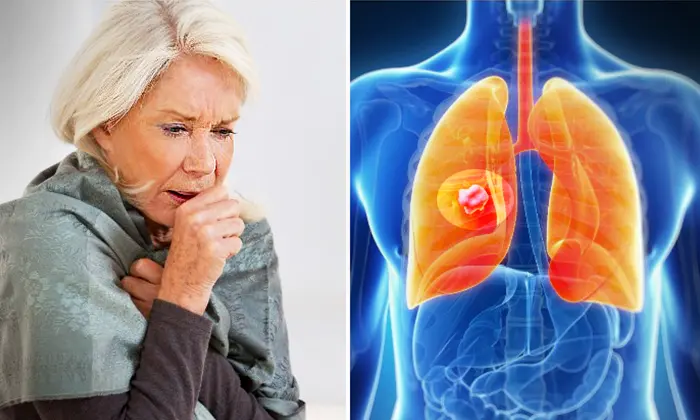Growing research show that glyphosate, one of the most widely used weed killers in the world, can cause cancer. This week a federal jury in San Francisco ruled that agrochemical company Monsanto’s glyphosate-based weed killer product, Roundup, was a “substantial factor” in causing a California man’s cancer. It’s the second such ruling, and more than 11,000 similar cases against Monsanto are also before the courts.
The form of cancer caused by glyphosate is called non-Hodgkin’s lymphoma, a cancer that affects the immune system. Many studies, including one recent U.S. study reported by CNN, have linked glyphosate exposure to the disease.





